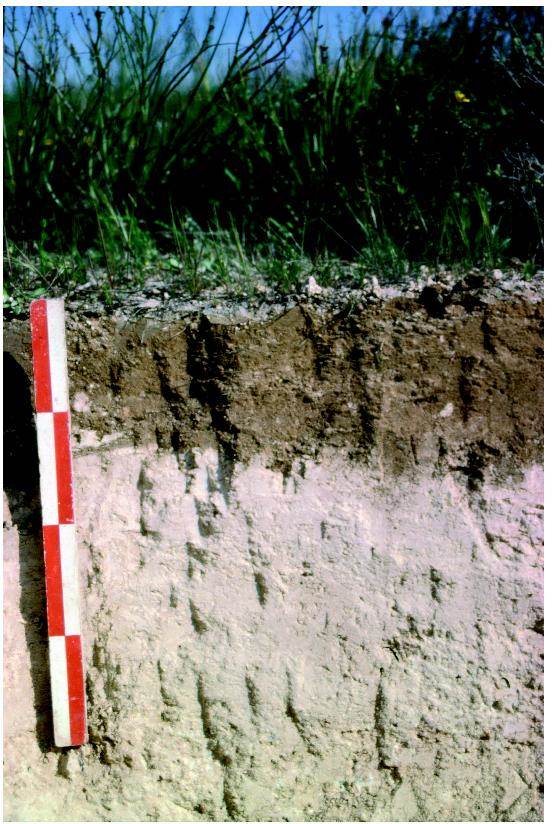Course Unit A-U1 General Assessment
Course Unit A-U2 Data Management
This module deals with the application of experimental design to systematic optimization of chemical processes. The principal topics to be treated are as follows:
1. Description
of a general optimization flowchart
2. Assessment
of optimization criteria. Single and multi-objective responses
3. Application
of screening methods for searching for relevant variables
4. Application
of statistic methods focused on the study of factors and interactions
5. Implementation of strategies for simultaneous
optimization of interacting variables
- Teacher: Xavier Saurina
Course Unit A-U2 Data Management
The module aims at giving a basic description of the most usual multivariate exploratory and calibration tools, i.e., Principal Component Analysis (PCA) and Partial Least Squares (PLS) regression, respectively
Basic skills on the application of these methods to environmental data analysis and industrial process control are proposed by using standard commercial chemometric software.
- Teacher: Anna de Juan
Course Unit A-U3 Laboratory Assessment
To introduce principles of Good laboratory practices for successful results during inspections and define management of quality system, personnel requirements, design and construction of the facility
To establish materials and equipment management, definition of qualification & validation of laboratory activities
To show computerized system requirements, data governance and relative documentation for data integrity compliance
To illustrate investigations of laboratory data and quality risk management methods, tools and potential application- Teacher: Drinalda Mehja
Course Unit A-U1 General Assessment Course Unit A-U3 Laboratory Assessment
The module aims to show to the students the different types of reference materials available and to introduce its proper use in an analytical laboratory, both in the validation step of an analytical method and in different steps of the laboratory quality control system (internal and external quality control). The preparation steps involved in production of RMs will be introduced, as well as all the analytical work required for homogeneity and stability tests. Different types of intercomparison exercises will be introduced and the different steps involved in the organization of a PT scheme will be described. The minimum statistical tools for the evaluation of the technical competence of a laboratory participating in a PT will be introduced.

- Teacher: Susana Amezqueta